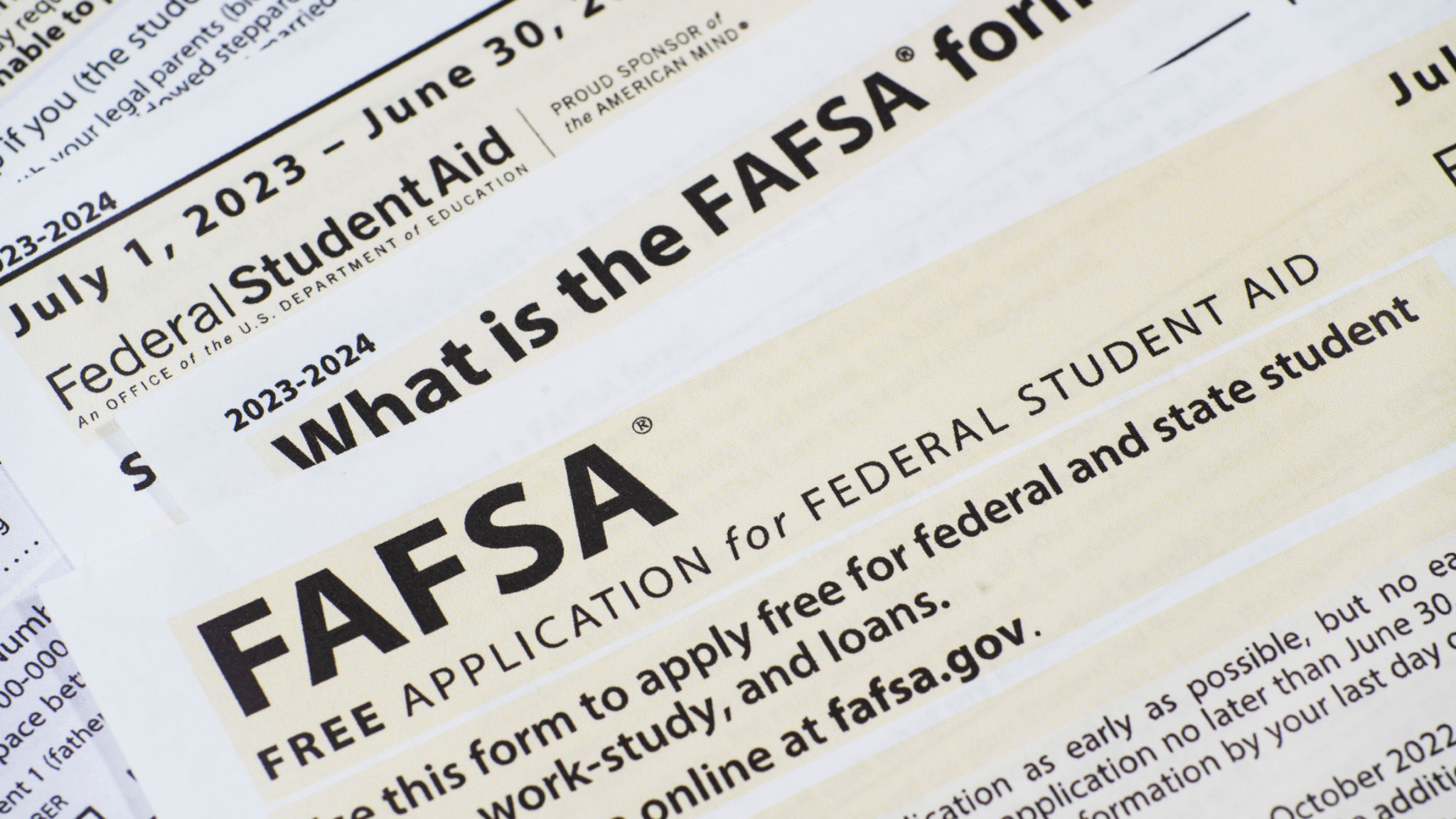Simplifying the Process of Federal Repayment Plans: What You Need to Know
Understanding Federal Repayment Plans
Navigating federal student loan repayment plans can often feel overwhelming. With multiple options available, it’s crucial to understand which plan best suits your financial situation. Selecting the right repayment plan can not only make your monthly payments more manageable but also save you money in the long run.

Types of Federal Repayment Plans
The U.S. Department of Education offers several types of repayment plans, each catering to different financial needs. Here’s a quick breakdown:
- Standard Repayment Plan: Offers fixed payments over a 10-year period.
- Graduated Repayment Plan: Starts with lower payments that increase every two years.
- Extended Repayment Plan: Allows for a longer repayment period, up to 25 years.
- Income-Driven Repayment Plans: Adjusts payments based on your income and family size.
Choosing the Right Plan for You
When deciding on a repayment plan, consider factors such as your current income, future earning potential, and financial goals. If you're looking for lower monthly payments, an income-driven plan might be the best option. However, keep in mind that extending your repayment period could result in paying more interest over time.

Income-Driven Repayment Options
Income-driven repayment plans are particularly beneficial for those with limited income. There are four main types: Income-Based Repayment (IBR), Pay As You Earn (PAYE), Revised Pay As You Earn (REPAYE), and Income-Contingent Repayment (ICR). These plans cap your monthly payments at a percentage of your discretionary income and forgive any remaining balance after 20 or 25 years of qualifying payments.
The Application Process
Applying for a federal repayment plan is straightforward. You can apply online via the Federal Student Aid website or submit a paper application form. When applying, you’ll need to provide information about your income and family size, which will help determine your eligibility and payment amount.

Staying Informed
Your financial situation may change over time, so it’s important to regularly review your repayment options. If you find that your current plan is no longer suitable, you can switch plans to better fit your needs. Contact your loan servicer for personalized advice and assistance with this process.
Benefits of the Right Repayment Plan
Selecting the appropriate repayment plan can lead to substantial financial benefits. By lowering your monthly payments or reducing the total amount of interest paid over the life of the loan, you can achieve greater financial stability and peace of mind. Additionally, some plans offer loan forgiveness options that could further reduce your debt burden.

Conclusion
Simplifying the process of federal repayment plans begins with understanding your options and identifying the plan that aligns with your financial goals. Take the time to explore each plan, consult with financial advisors if needed, and ensure you’re making informed decisions about managing your student loans effectively.